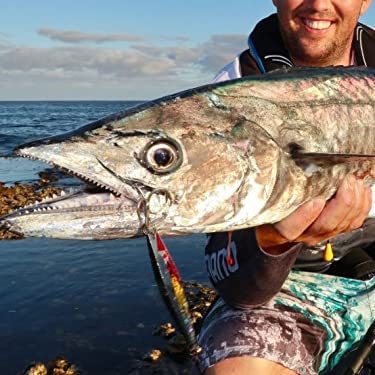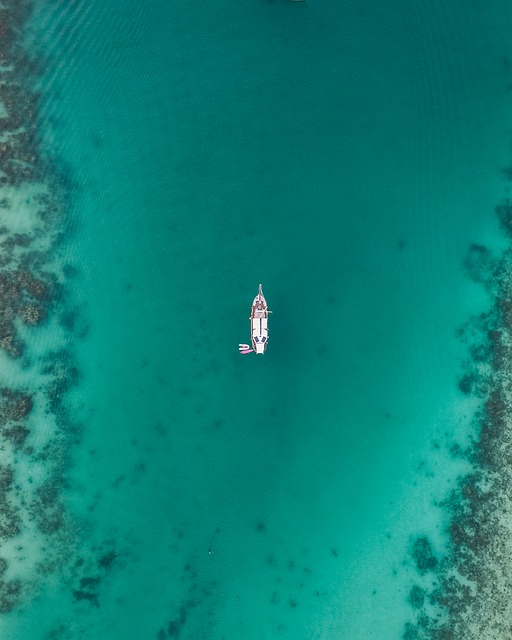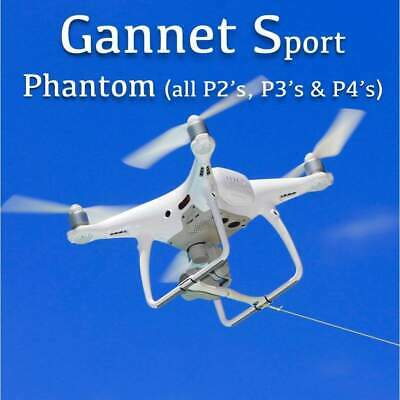
You can use a drone to see the waters surrounding your property if a fisherman is an avid one. Drones come with various features like a mechanical payload release, an angle adjustable camera, GPS positioning system, and a GPS receiver. You can also buy fishing lines that you can use for fishing, which are designed to be extremely stable and secure. One example is SKY RIGGER drone.
SKY RIGGER is an unmanned fishing line.
The SKY RIGGER allows you to fish remotely from your drones using a flexible fishing line system. Two rotating leg clamps can be mounted to any drone model. The release mechanism is designed with a bayonet-style connection and a cam-lock arm to open the line clamps quickly. Sky RIGGER doesn't require batteries unlike other drones. This drone can take all kinds of fishing techniques and is safe.
The SKY RIGGER has an automatic release mechanism for when a fish strikes your fly. You can also manually release the line using your hand or rod. This feature is available on all models of the SKY RIGGER. Before purchasing the new SKY RIGGER, it is recommended to purchase a Phantom 3. A few pros and cons of the new line system:
It features a mechanical payload release
One of the most important features of a good drone is its mechanical payload release. Many of them are designed to allow the angler to release the fishing line with ease. However, some models do not have a release mechanism. Instead, the user must "yank" the fishing line to release the drone from the line. This can be a tedious process, especially for those who don't feel comfortable using their hands to release it.

Its payload release function is another important feature. The drone should have the ability to release its payload when it strikes a fish. It is important to practice catch and release fishing before trying this method, as you can't simply pull the fish to shore and release it back into the water. Many people have had good experiences with the DJI Phantom drone. However, this technology has not yet reached the level of fishing drones that are available on the market.
It has a GPS positioning system
Rippton, an Australian and Dutch joint venture, specializes in technology-oriented fish products. Its goal is to improve anglers' success rates by developing products that will enhance the experience of fishing. Rippton's Mobula drone features a GPS positioning system and a remote release. The Mobula has the ability to hold bait at surface, provide resistance for kite clips, as well as being environmentally friendly.
It is light at 3 pounds and can take off for 18 minutes. It is also equipped with a high-tech GPS system that allows it to control it from up to 2,000 yards away. The range is 1000 meters or half a miles. Intelligent flight modes are also available. It can take high-quality pictures of its surroundings thanks to its point of interest function. You can get amazing views of fish with its high-resolution camera.
It features a failsafe function
Aerokontiki has an emergency feature that allows it to monitor the battery level and release the fishing line if necessary. It will return to dry ground if it experiences a battery failure and continue its mission. It can be operated anywhere with its industrial-grade flight control system. The drone can be used in even the most challenging water spots, and is waterproof.

FAQ
Are Drones Banned Where?
The FAA has banned drones in areas near airports and stadiums. They allow them to fly at nights using GPS technology.
Do drones fall under the control of the FAA?
The FAA oversees all aspects of drone operations, including safety standards, certification requirements, and licensing procedures.
Which US states allow drones?
You can legally fly a drone for personal use. The Federal Aviation Administration (FAA), established guidelines that allow individuals to fly small unmanned aircraft systems. Before they can be flown, these UASs need to be registered with FAA. These UASs can also be flown by commercial operators if they are allowed to fly under certain conditions.
Statistics
- According to the multiple listing service (MLS), houses and apartments with drone photographs are up to 68 percent more likely to sell than those without pictures. (thedroneu.com)
- With the top 10% making over $100/h and the bottom 10% making as low as $10/h. (dronesgator.com)
- According to Indeed, a drone pilot gets paid $25.73 per hour on average in the US. (dronesgator.com)
External Links
How To
How to Fly Drones for Beginners
A drone can be used to fly remotely controlled aircraft for photography, surveillance, scientific research, hobby and commercial purposes. The technology behind drones has been around since World War II. However, commercial use began in 2010 when DJI released their Phantom series of quadcopters. Since then, there have been many different types of drones available, from beginner-friendly models like the Parrot AR Drone 2.0 to professional-grade multi-rotor craft like the DJI Mavic Pro.
You can fly a drone in many different ways, including:
-
Remote control – This technique uses a control device attached directly to your hands that allows you steer the drone around its flight path. There are two main types for controllers: Joysticks or On/Off switches, which can be used to control the drone's flight path.
-
Manual Control - Using a smartphone app, this method allows users to remotely operate the drone via GPS coordinates. You must keep track of the location where you want the drone to go and follow the instructions from the app.
-
Autonomous Flying - This allows the drone to take over all of the piloting duties. The drone is able to fly autonomously, without the need for human intervention. For the autonomous flight to occur, the drone must have a built-in camera and sensors capable of capturing images and data.
-
Triggered flight - This is similar to manual control except that the pilot sets up a preprogrammed route and the drone follows the route until it reaches its destination. The drone automatically lands once the route has been completed and returns to the base.
-
Landing Gear: Some drones have landing gear that allows them safely to land in case they lose power or run low on battery.
-
Goggles - Pilots may wear goggles to shield themselves from flying debris.
-
Camera - You can capture photos and videos with your drone from the air.
-
Obstacles – Some drones have obstacle avoidance systems that stop them from colliding with obstacles.
-
Speed - Some drones can travel at speeds over 40 mph.
-
Battery Life - Most drones last between 20 and 3 hours depending on how much power they have.
-
Some drones have a range of up to 30 miles, depending on their model.
-
Power source: Some drones will require an external power source while others can be powered by internal batteries.
-
Weight – Some drones are less than one pound, while other models can be up to four pounds.
-
Size - The size of drones varies from small, easily carried devices to more substantial crafts that weigh in excess of 50 pounds.
-
Price - Drones come in a variety of price categories, including high-end models which can run into the thousands and low-cost options that can start at $100.